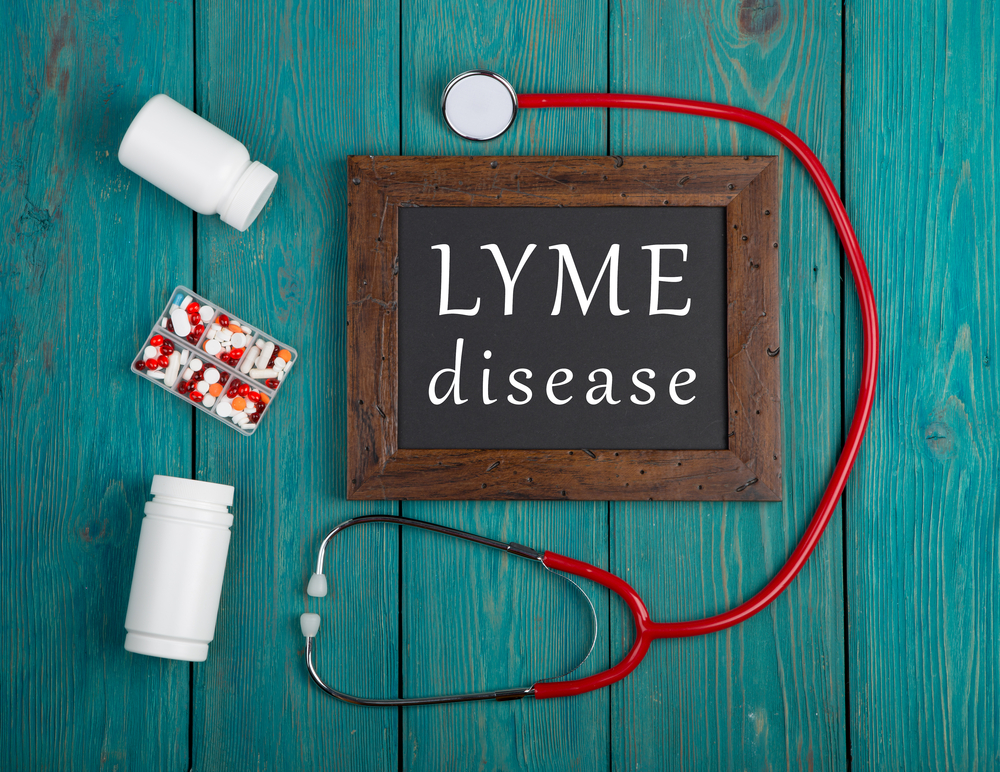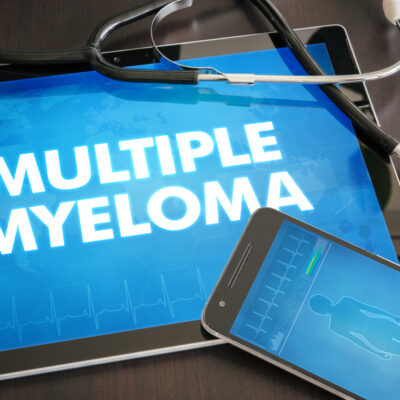
Lyme disease – Causes and treatment methods
Lyme disease is an infectious condition caused by a few specific species of bacteria. The most common one is Borrelia burgdorferi, which is transmitted to humans by way of a bite from a diseased black-legged tick, also known as the deer tick.
A tick has to be present on the skin for 24 to 48 hours before it can cause the infection. Lyme disease is most common in people who reside in heavily wooded areas where infected ticks can be easily found. So, if you are living in such an area, it is important that you take some precautions.
Common causes of Lyme disease
If you are living in the country, Lyme disease is most likely to be caused by two types of bacteria: Borreliamayonii and Borrelia burgdorferi. These bacteria are majorly carried by deer ticks. Sometimes, these bacteria may be carried by young brown ticks, which are of the size of poppy seeds.
Lyme disease occurs when an infected deer tick bites you. The bacteria invade your body through the bite and enter the bloodstream. The deer tick must be present on your body for 24 to 48 hours to transmit the infection. If you notice a swollen tick attached to your body, remove it as soon as possible to lower your chances of infection.
Risk factors for Lyme disease
There are certain factors that can increase the chances of developing the infection:
Spending a lot of time in grassy or heavily wooded areas
Exposed skin when carrying out outdoor activities
Not removing ticks quickly or properly from your skin
Treatment of Lyme disease
Antibiotics are used to treat the condition, and recovery from Lyme disease is quicker when the infection is treated fast and suitably. The antibiotics to treat the disease can be given to a patient in a number of ways:
- Oral antibiotics : This is the first line of treatment that is used to treat the early stages of Lyme disease. Generally, doxycycline is prescribed for adults, and for young children, pregnant women, and women who are breastfeeding, amoxicillin or cefuroxime is used.
These medicines are taken for 2-3 weeks to ensure that all the symptoms are completely gone. - Intravenous antibiotics : In case the disease affects the central nervous system, intravenous antibiotics are prescribed, which are taken for up to 4 weeks. These antibiotics are helpful in eliminating the infection completely, but the recovery process may be a little slow.
It is important to note that these medications may cause certain side effects like a reduced count of white blood cells, diarrhea, vomiting, and such. You must consult the doctor before taking these antibiotics.
Some people experience mild symptoms even after treatment, which may be due to post-Lyme disease syndrome. The most common after-treatment symptoms include fatigue and muscle ache, and taking additional doses of antibiotics will not alleviate these symptoms.
Many times, people resort to alternative treatment options to alleviate the symptoms, but it is imperative to understand that this is a bacteria-caused illness and can only be treated with suitable antibiotics.


